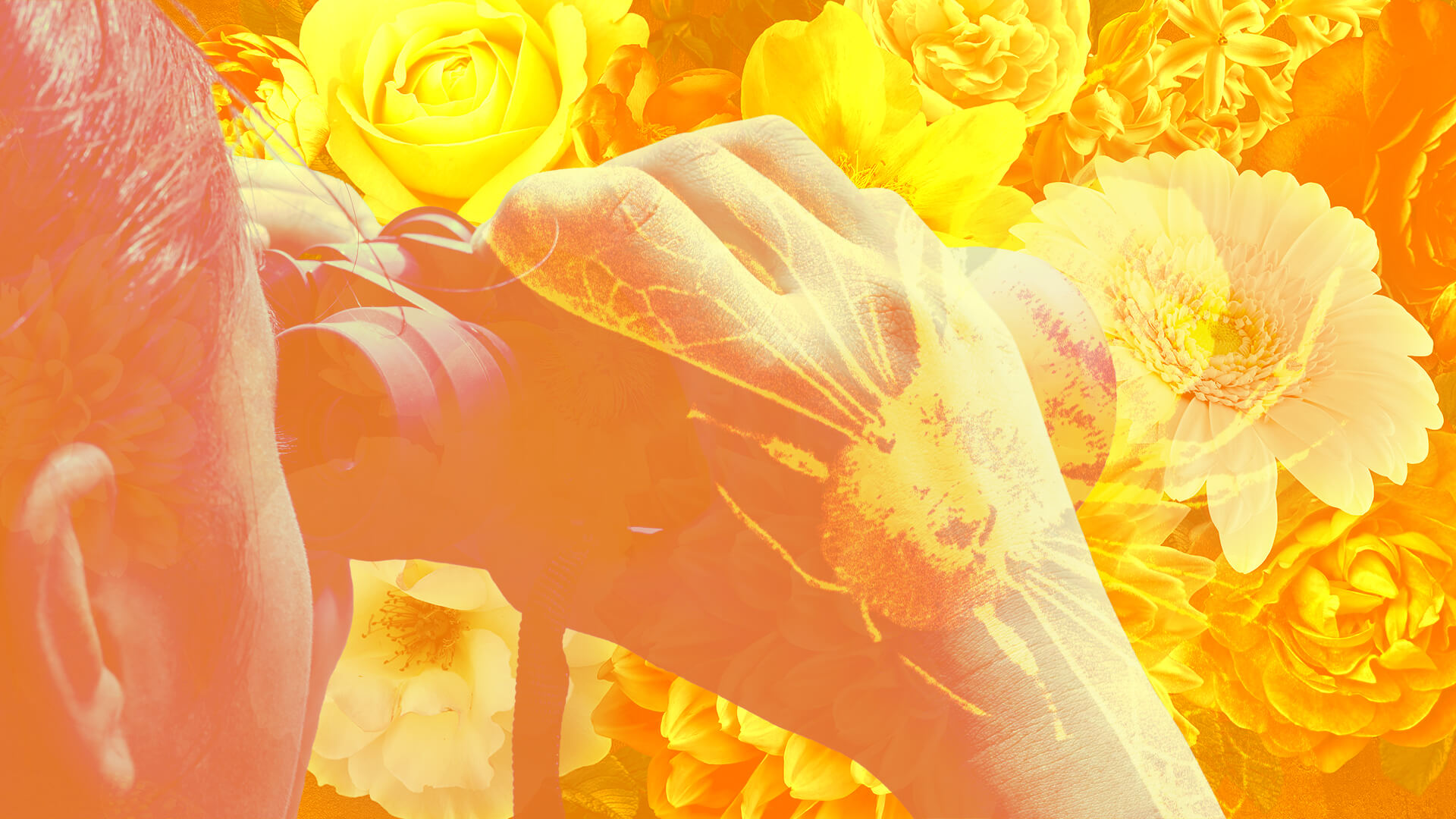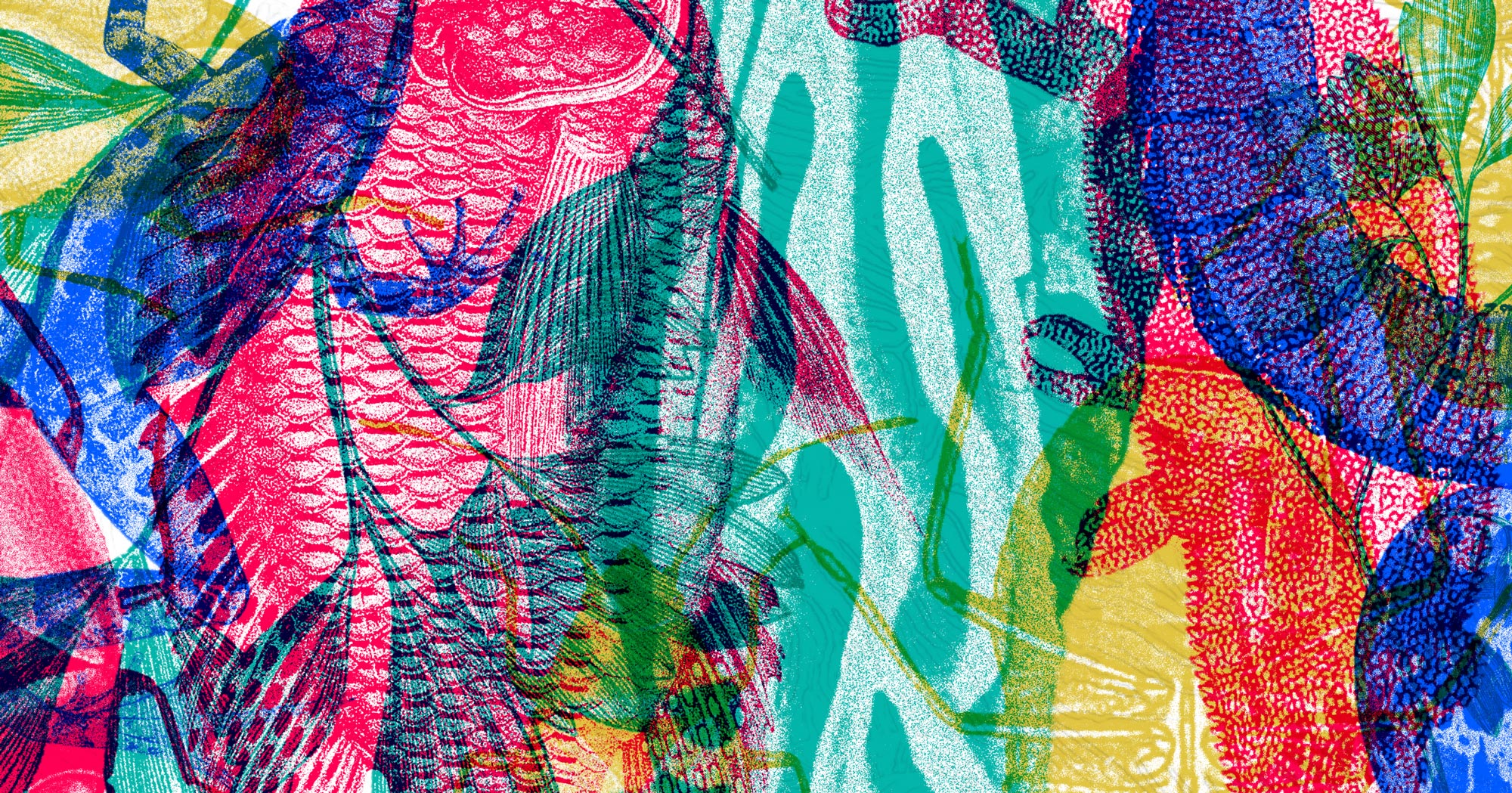Make something wonderful for the climate

We stole this headline from Steve Jobs. In 1984, five months after Apple introduced the first Macintosh, Jobs spoke at the International Design Conference in Aspen.
He made a plea: “I need your help. If you have looked at computers, they look like garbage. All the great product designers are off designing automobiles or buildings … People are going to spend more time interacting with these machines than they do interacting with automobiles today.”
Jobs foresaw a future where those machines—computers—would be central to our lives. But he also knew that if mass adoption was to happen, they’d need to make them more beautiful, intuitive, and delightful. In other words, more desirable.
So what does that have to do with the climate crisis?
Climate solutions already exist. Whether based in nature or in state-of-the-art technologies, we have the means to halve emissions in the next decade. But if we are to avoid the most dire consequences of climate change, these solutions must be adopted much faster, in more places, by many more governments, businesses, and people.
The climate crisis is a technology challenge, an investment challenge, and a regulatory challenge. But it is also a crisis of adoption, where we need to accelerate the uptake of climate strategies, solutions, and jobs. Fast.
The climate crisis is also a crisis of adoption.
Just as happened with computers in the 1980s, public interest in sustainable solutions is growing, but has not yet reached mass appeal. It makes sense: When was the last time you saw a house that looked better with the addition of solar panels? Or a community excited to install wind power in their backyard?
Desirability can help. What if regenerative agriculture could be a simpler business for farmers and a more affordable option for people? What if alternative meats tasted demonstrably better than a burger made of beef? What if repairing something you already have could be as much of a thrill as buying something new?
Since our early days, IDEO has centered people’s needs and desires—often hidden or latent—in how we think about design. Over time, that work has extended into helping the world’s leading companies make sustainability desirable, from designing electric cars with Ford, or removing waste from H&M’s supply chain, to helping Conservation International design strategies that protect natural resources.
We see three ways design can make the greatest impact toward accelerating and scaling effective climate action. Each supports our central thesis: The climate crisis is a human crisis. If we want businesses and people to make a climate-positive choice, make sure it’s a desirable choice.

1. Create compelling future visions, especially for leaders.
Nobody is willing to embrace the pain of change unless they see potential for a better future on the other side—including both new opportunities and ways to avoid loss. We see leaders experience a symphony of emotions over the course of climate-centered work, from denial to acceptance to purpose. That angst is the hallmark of a shifting mental model—from seeing sustainability as a business constraint to seeing it as an opportunity for growth. Futuring—the craft of creating informed and plausible visions of the future—is a key design tool to help that process along. When leaders explore potential futures, they realize they can’t opt out of the climate crisis, and start to see the extraordinary potential of the moment they’re in.

2. Design iconic products, services, and experiences, specifically for the Climate Era.
The competitive advantage of the future will be enjoyed by companies that thrive within planetary boundaries. The pressure is coming from constraints on resources, more stringent regulation, and shifts in public sentiment. But that’s an opportunity too: to make iconic things that could only be designed in, and for, the Climate Era.
One example: The Ford F-150 is currently America’s best-selling truck. IDEO helped Ford design its latest edition: the electric F-150 Lightning, which has been described as the best version of the truck. Here’s why: The Lightning has more power and torque than any of its predecessors and more electric sockets than the average apartment. When there’s an emergency, like the catastrophic storm that hit Texas a couple years ago, the F-150 saves the day by acting as an emergency power backup. There is also the “frunk” (a storage compartment where the internal combustion engine once was) that doubles as a cooler, and a tailgate that can be converted into a workbench for power tools, laptops, and more. Is it sustainable? For the truck owner, that’s not the point. The point is that it’s a better truck.
None of the F-150 Lightning features can be copied by a truck with an internal combustion engine. They are all creative affordances of the core technology behind the F-150 Lightning—electrification.
In other words, in the Climate Era the goal should not be to create a sustainable version of a given product. It should be to create a far better version of a product in ways made possible because it’s sustainable.
Ford’s F-150 Lightning is an example of an iconic Climate Era product, and it’s showing the way for the entire industry. The world needs many more.

3. Merge product innovation and sustainability into one team.
The vast majority of sustainability-related challenges begin at the design stage, yet most of today’s efforts are focused on compliance—reducing the negative impacts of things that are already in the market.
Transforming a business to operate within our planetary boundaries is an innovation challenge, not a reporting, marketing, or PR one. So nature-positive thinking needs to show up from the start, with innovators, designers, and technologists who are versed in sustainable strategies. Leading organizations are now hiring combined Heads of Innovation and Sustainability.
As the decade progresses, we foresee corporations transitioning from an umbrella, organizational level of accountability—“getting to Net Zero”—to requirements and norms that operate at the level of individual products. Allbirds’ net zero shoe, Apple’s net zero watch, and the regenerative packaging solutions created by Notpla serve as early examples. The teams behind those products will inspire others and be the engines of change for our economy—and they’ll attract funding, talent, and customers faster than anyone else.

One large grain of salt: Designing for desirability is one of the reasons why we’re in this mess.
Design has fuelled mass consumption of disposable goods. Can the force that helped create the problem be redirected to help solve it? We believe it can and it must.
Government policy and private and public investment create the conditions that push the adoption of climate solutions, but it’s desire that creates the pull. That’s why making climate solutions desirable is a critical piece of the climate action puzzle. Push and pull. We need both.
Back in 1984, Jobs closed his speech to designers with this:
"We at Apple feel that … we are at the right place at the right time to put something back. [M]ost of us didn’t make the clothes we’re wearing, and we didn’t cook or grow the food we eat … We are constantly taking.
The ability to put something back into the pool of human experience is extremely neat. I think that everyone knows that in the next ten years we have the chance to really do that. And we will look back and say ‘God, we were a part of that!’”
Especially in industrialized regions, like Europe and North America, we built our lives and economies around taking whatever we wanted from the planet.
It’s long past time to stop taking. We have to put something back. And that means redesigning much of our world to meet the demands of the Climate Era, and to do it within our lifetimes.
Change at such a scale can only happen fast if it’s what people want.
In other words, it’s time to make better things … because it’s a way we can make things better.
In Dubai for #COP28? Please join one or more of the IDEO Climate Lab sessions, where we’ll explore these questions in greater depth.
If you want to know more about IDEO’s climate-centered work, please get in touch: climate@ideo.com.
Words and art



Subscribe

.svg)









